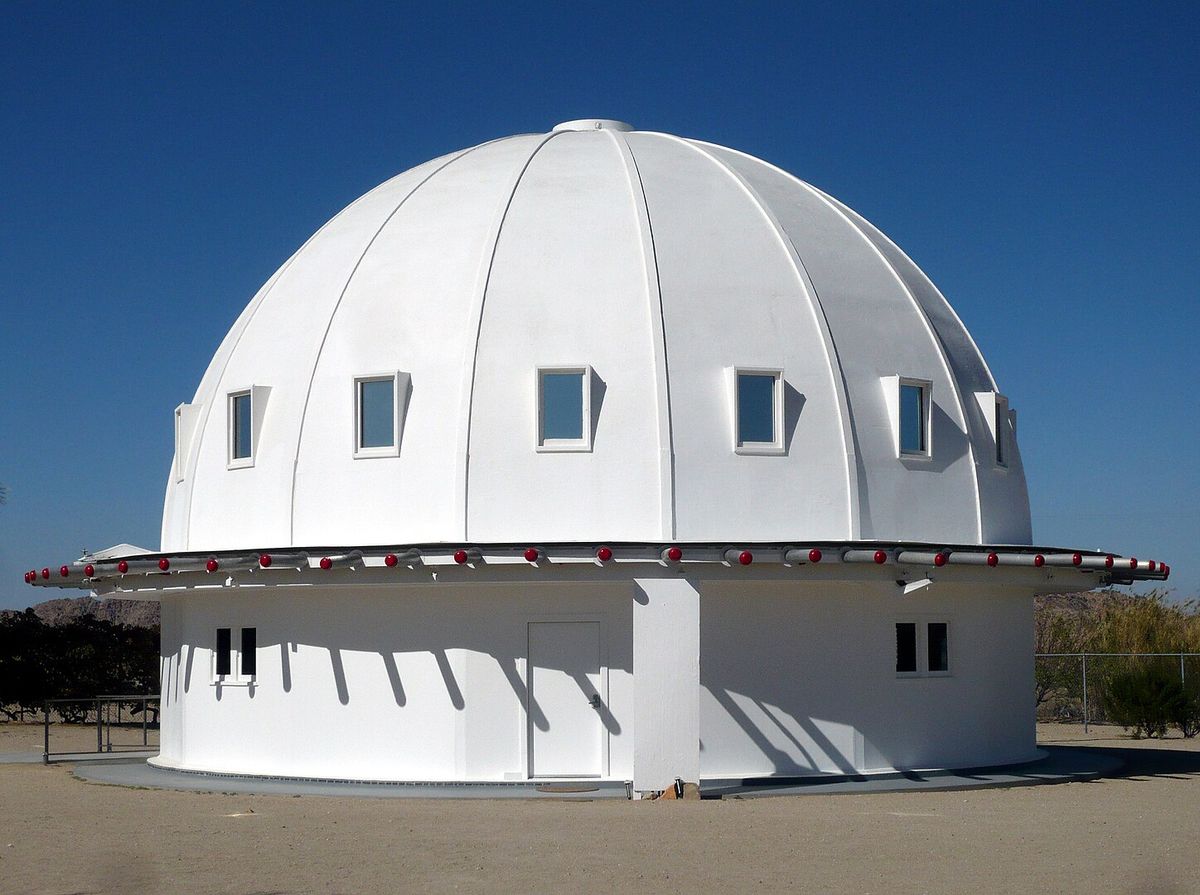Comments
Check out our elevator pitch or sign in
Next Up...
Informational Phase Space: An Neo-Anaxagoran Ontological and Metaphysical Paradigm
🚀 What if space-time is just the scoreboard of an information game the universe has been playing since the first femtosecond?
That isn’t sci-fi clickbait; it’s the core hunch behind Informational Phase Space Cosmology (IPS)—a rapidly maturing framework that treats information (correlations, entropic flows, topological “memory”) as the real substance of reality, with the geometry of space-time merely emergent. And the latest James Webb Space Telescope deep-field data just handed IPS the sort of opening scene every paradigm shift dreams of.
🔄 JWST’s weird cosmic spin-bias
Four separate teams probing JWST deep fields report that roughly two-thirds of very-distant galaxies are spinning the same way, an alignment hard to square with an isotropic Big Bang. One group even suggests our entire observable cosmos might be the interior of an ancient, spinning black-hole-like structure—a notion that resurrects Gödel’s old rotating-universe idea and instantly explains the fresh JWST asymmetry(Live Science).
IPS predicts exactly this sort of large-scale vorticity. In its 14-dimensional information manifold, “informational vorticity” twists entanglement currents; when you project that manifold down to 3 + 1 space-time, you see rotating galaxies and preferred axes in the CMB.
✨ Why IPS is so tempting
Fewer moving parts. ΛCDM needs dark energy, dark matter, and inflation to keep the books balanced. IPS starts with just three postulates (information, correlator geometry, feedback memory) yet still generates curvature, expansion, and matter as emergent bookkeeping—not bespoke patches.
Built-in fixes for the Hubble tension. Because our 3-D slice can re-slice the information manifold over time, the locally-measured H₀ will drift relative to early-epoch inferences—precisely what astronomers observe.
Natural dark-energy analogue. Accelerated expansion shows up as entropic “pressure” from unfolding informational degrees of freedom, not a mysterious fluid.
Cosmic memory. IPS sectors act like neural-network attractors; the universe literally remembers past topological states, giving a concrete path for cosmic feedback and self-tuning.
🔬 How do we test it—now?

🧩 Where the community can jump in
Data hackers – scrape JWST rotation catalogs; look for redshift-dependent drift in the spin-bias amplitude.
Q-lab folks – emulate the 3-qubit “Pauli-curvature” toy model; compare emergent metric with IPS analytic form (Appendix B of the preprint).
CMB statisticians – re-analyze low-ℓ Planck maps with an informational vorticity template instead of a simple dipole.
Philosophy-of-science nerds – debate whether IPS’s “universe that learns itself” ontology rescues Wheeler’s It-from-Bit without invoking panpsychism.
🎯 TL;DR
JWST just lobbed a spinning curveball at standard cosmology. IPS not only expects that curveball, it catches it with one hand while tidying up the Hubble tension and dark-energy fuss. Better yet, we can start shooting at the theory right now with telescopes, interferometers, and quantum chips already humming.
Whether IPS survives those shots or not, the next few years are going to be ridiculously fun—for astronomers, quantum engineers, and anyone who thinks reality might be written in the language of information itself.
Grab popcorn. The data deluge has only begun.
Want to know more? Informational Phase Space Cosmology: A Geometric Framework for Entanglement, Curvature, and Memory Dynamics
Gödelian Phases of Time: Emergent Rotation and Dimensionality from Quantum Temporal Correlations
Permissibility of Dodecahedral Geometry in Informational Phase Space Cosmology
Informational Phase Space Cosmology: Axiomatized and Expanded
Classification and Determination of Topological Knots in Informational Phase Space Cosmology
The Integratron

The Integratron is a unique and enigmatic structure located in Landers, California, near Joshua Tree National Park. Designed by George Van Tassel, a former aircraft mechanic and ufologist, it was built between 1954 and 1959.
Core Technical Design of the Integratron
Structure: A 38-foot-high, 55-foot-diameter all-wood dome built without nails or metal, using shipbuilding techniques with glued layers of old-growth Douglas fir. The adhesive is primarily paint and caulk, creating a seamless, non-metallic structure.
Electrostatic Generator: Designed as an "electrostatic generator" for cell rejuvenation and time travel, Van Tassel claimed it harnessed geomagnetic energy from a vortex beneath the site. Magnetometers detect elevated magnetic fields at its center
https://www.youtube.com/watch?v=S6-ot_zADSc">Eric Dollard’s Role and Technical Contributions
Last Engineer to Work on the Integratron: Dollard, an electrical engineer and Tesla researcher, was one of the few to understand the Integratron’s original purpose. He designed a pulse modulator for its energy systems, critical for its purported electrostatic functions.
Connection to Lakhovsky’s Multi-Wave Oscillator (MWO):
The Integratron was inspired by Georges Lakhovsky’s MWO, a high-voltage, high-frequency device theorized to enhance cellular health via electromagnetic fields. Dollard reverse-engineered the MWO’s unbalanced design, which used longitudinal waves (non-Hertzian) for energy transmission without loss.
Dollard emphasized the MWO’s grounding system (e.g., 16 ground rods in a radial pattern) to optimize Earth’s conductivity, a principle likely applied to the Integratron.
Four-Quadrant Electricity Theory: Dollard’s work on the Integratron tied into his broader research on dielectric and magnetic induction (Psi and Phi fields), aligning with Van Tassel’s vision of the structure as a "resonant tabernacle" for energy manipulation
Energy and Wave Theories Behind the Integratron
Longitudinal Waves: Dollard and Van Tassel believed the Integratron could harness longitudinal (scalar) waves, which propagate without energy loss, unlike transverse EM waves. This was key to claims of "time travel" and anti-gravity effects.
Ether and Electrostatics: Dollard’s theories posited that high-voltage electrostatic potentials could repel the "Ether" (the medium of space), reducing inertia—a concept Van Tassel may have incorporated for the Integratron’s rejuvenation goals.
Geomagnetic Vortex: The site was chosen for its intersection of geomagnetic forces, which Dollard’s grounding systems aimed to amplify.
 Andreas
AndreasAdding Notes to Plotinus
As I'm reading Plotinus, I will add, paragraph by paragraph, a reworded, more readable version of what he says, as his ideas are very clear, but the original translation seems unnecessarily cumbersome.
 Andreas
Andreas